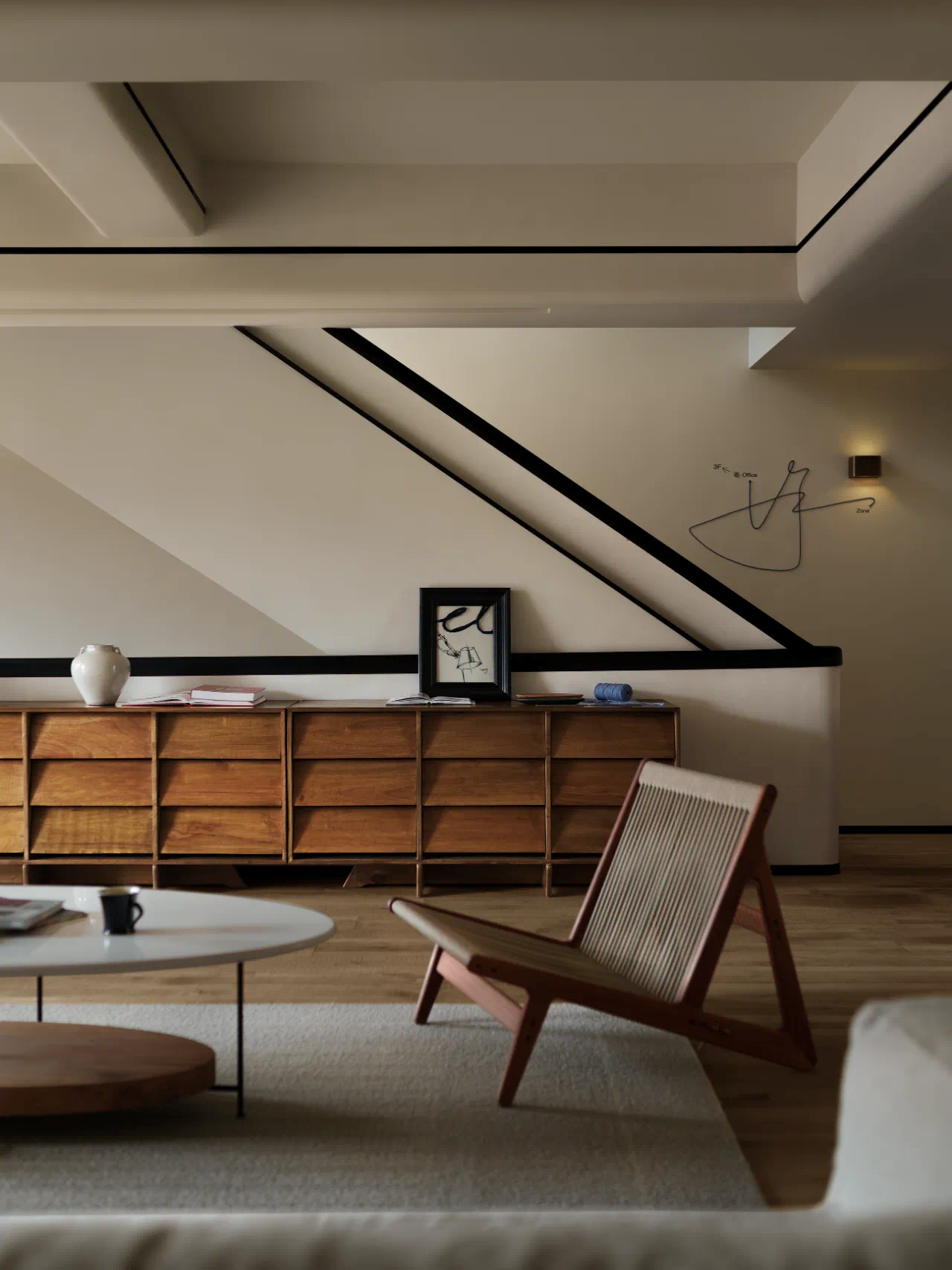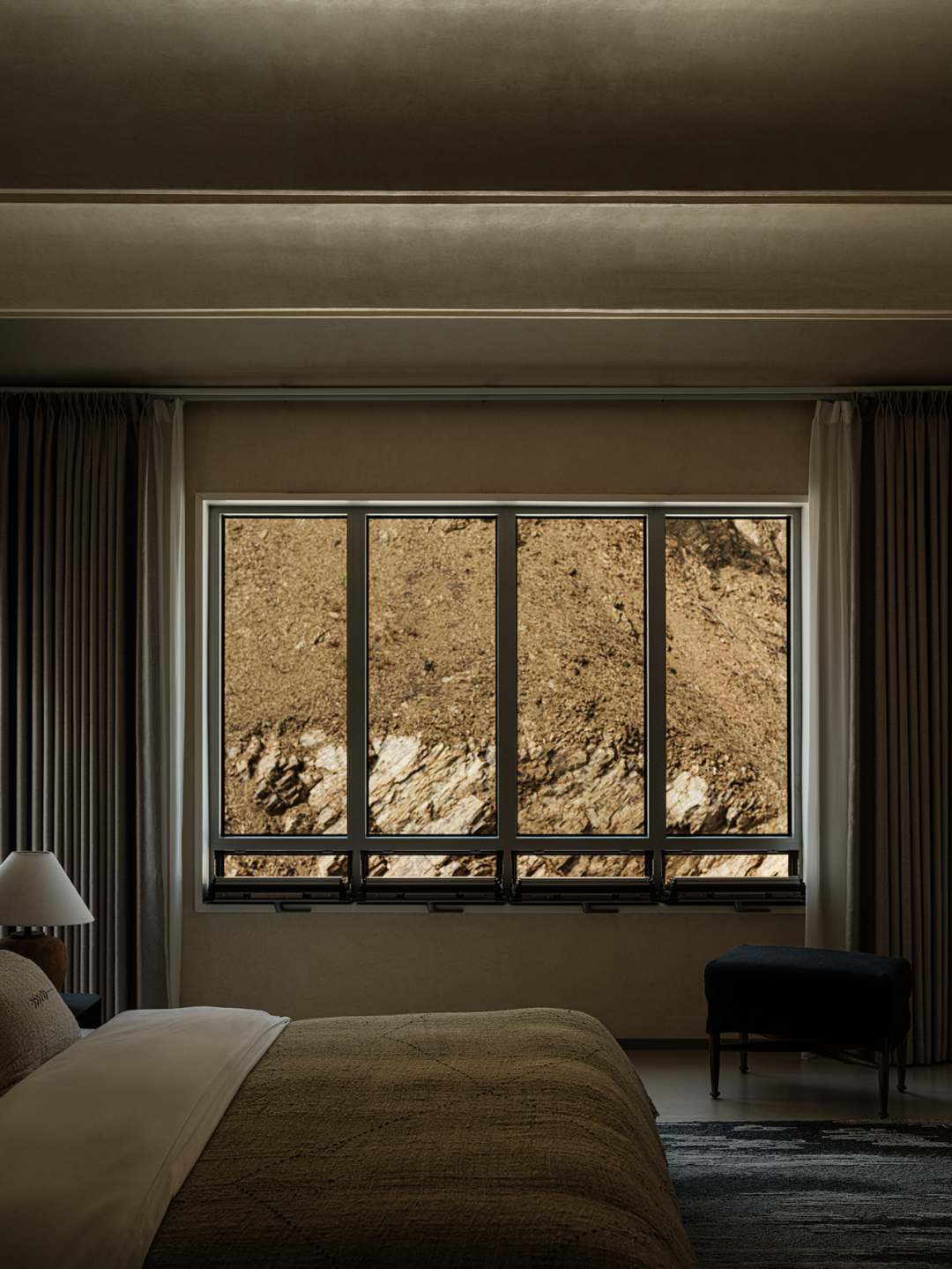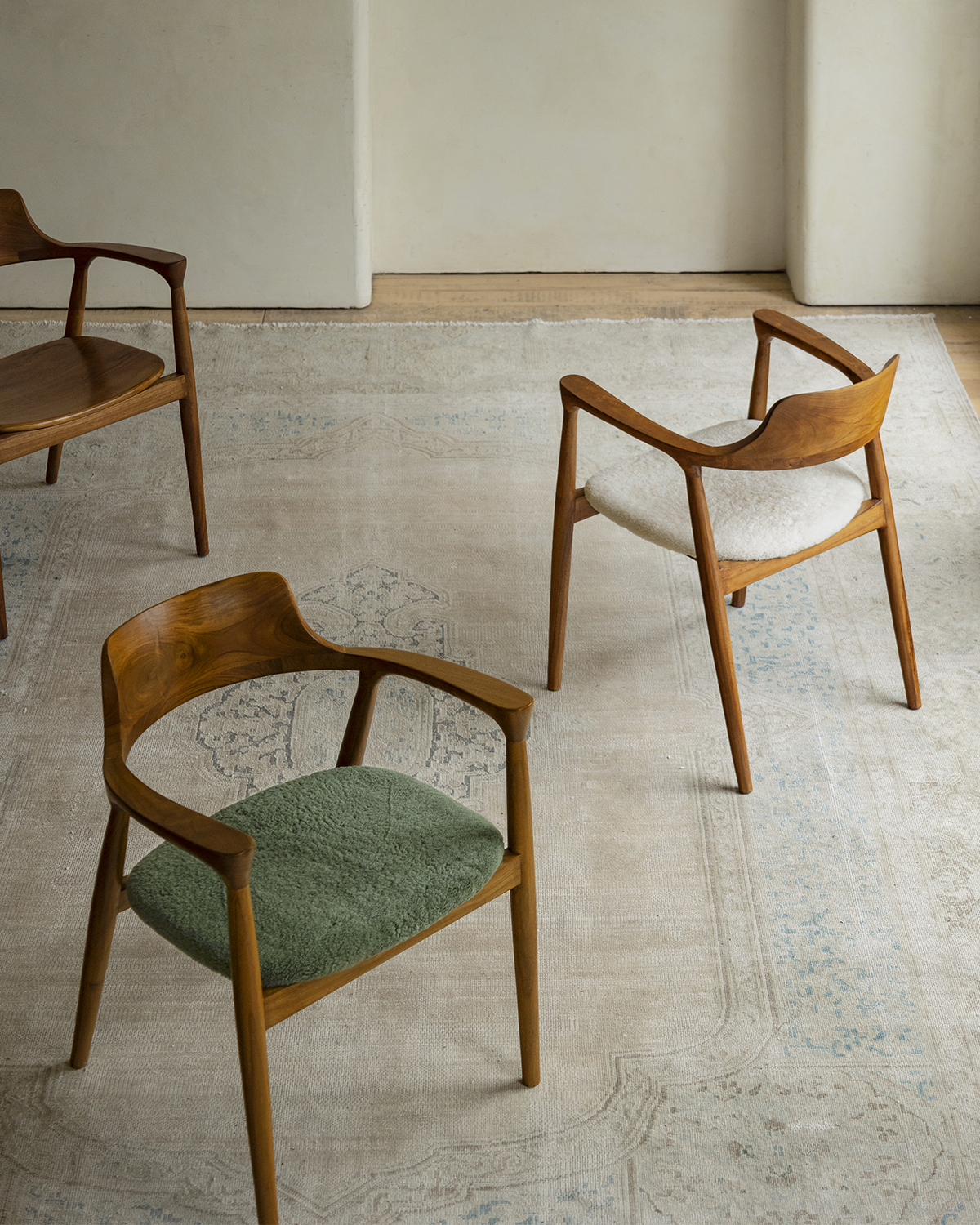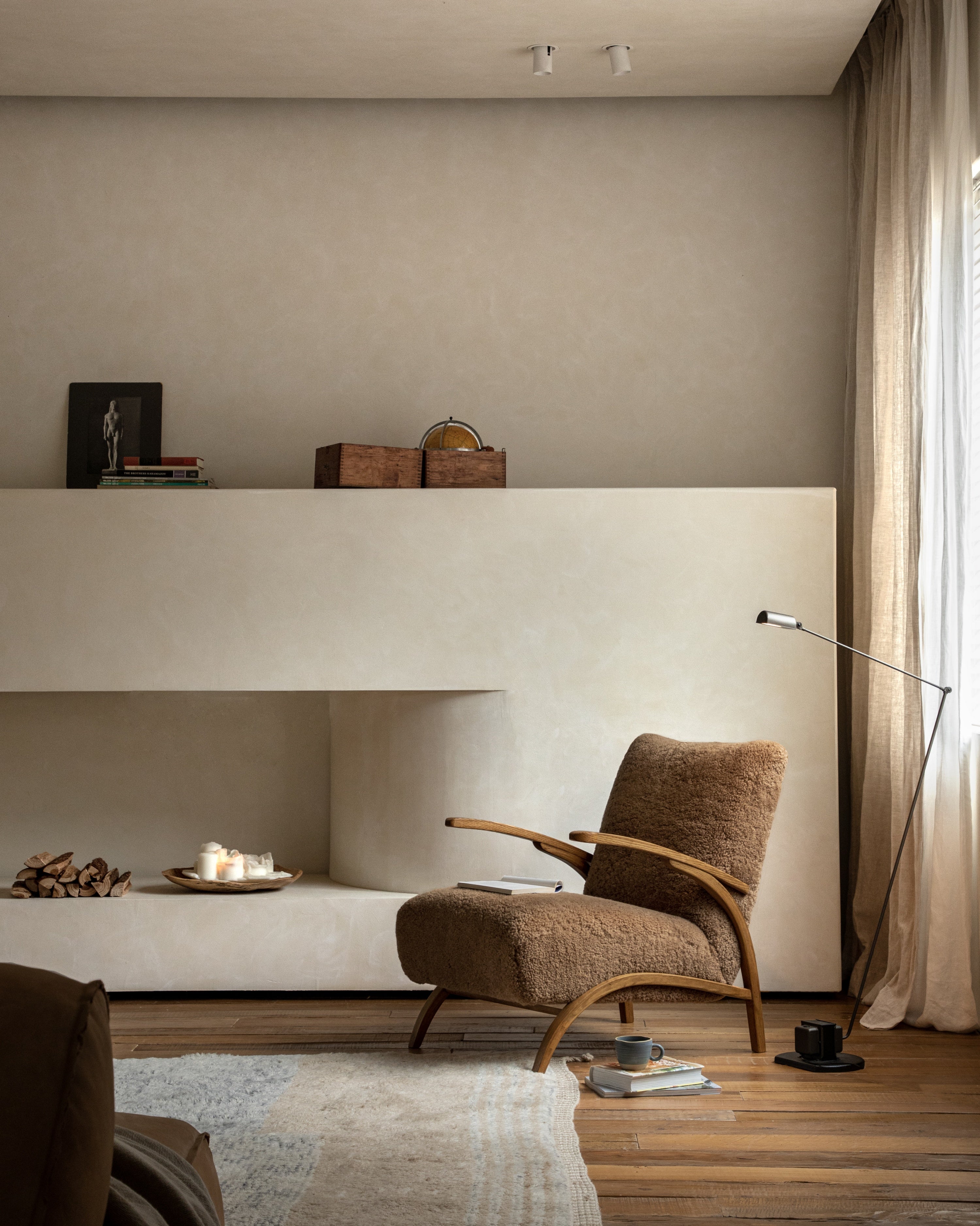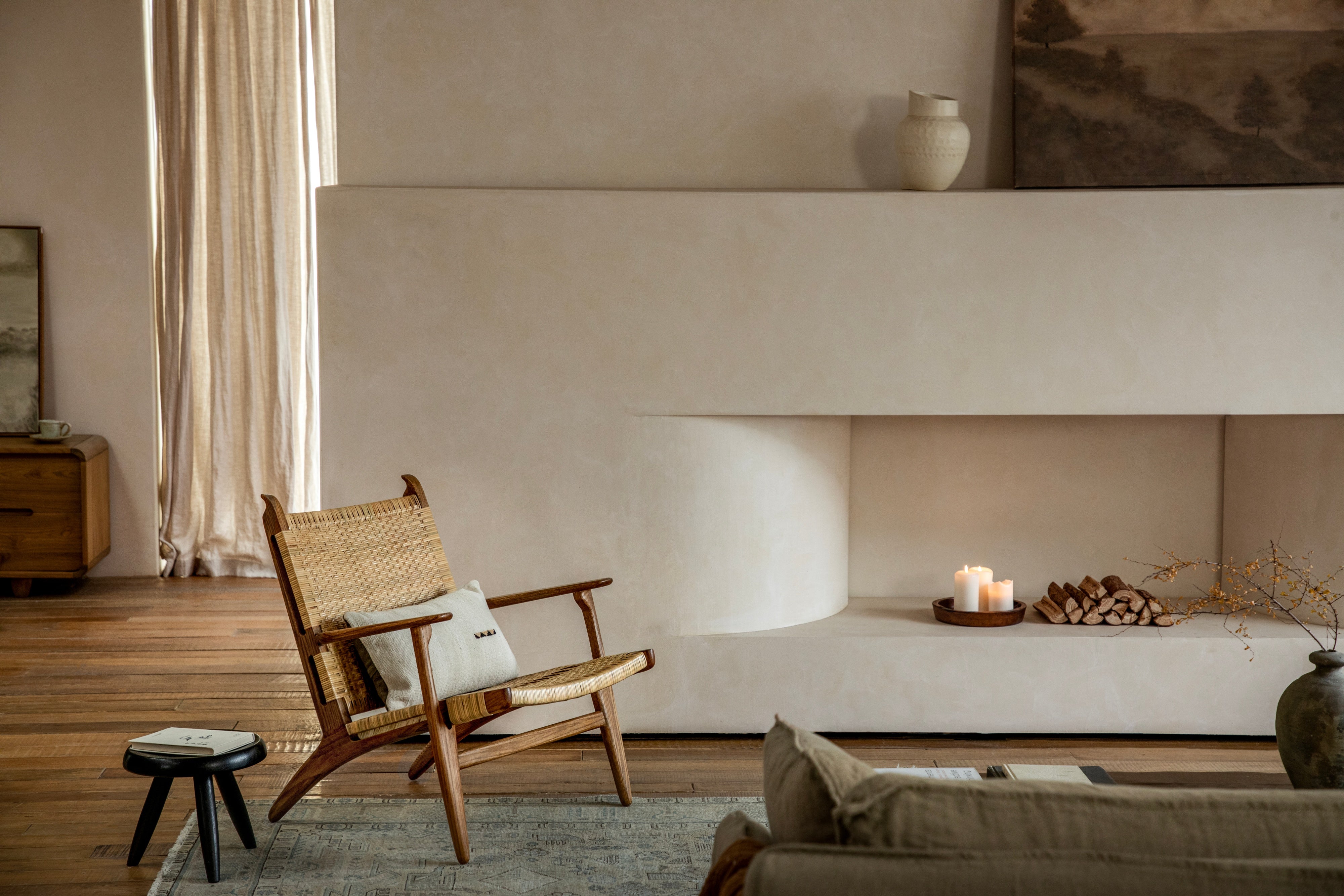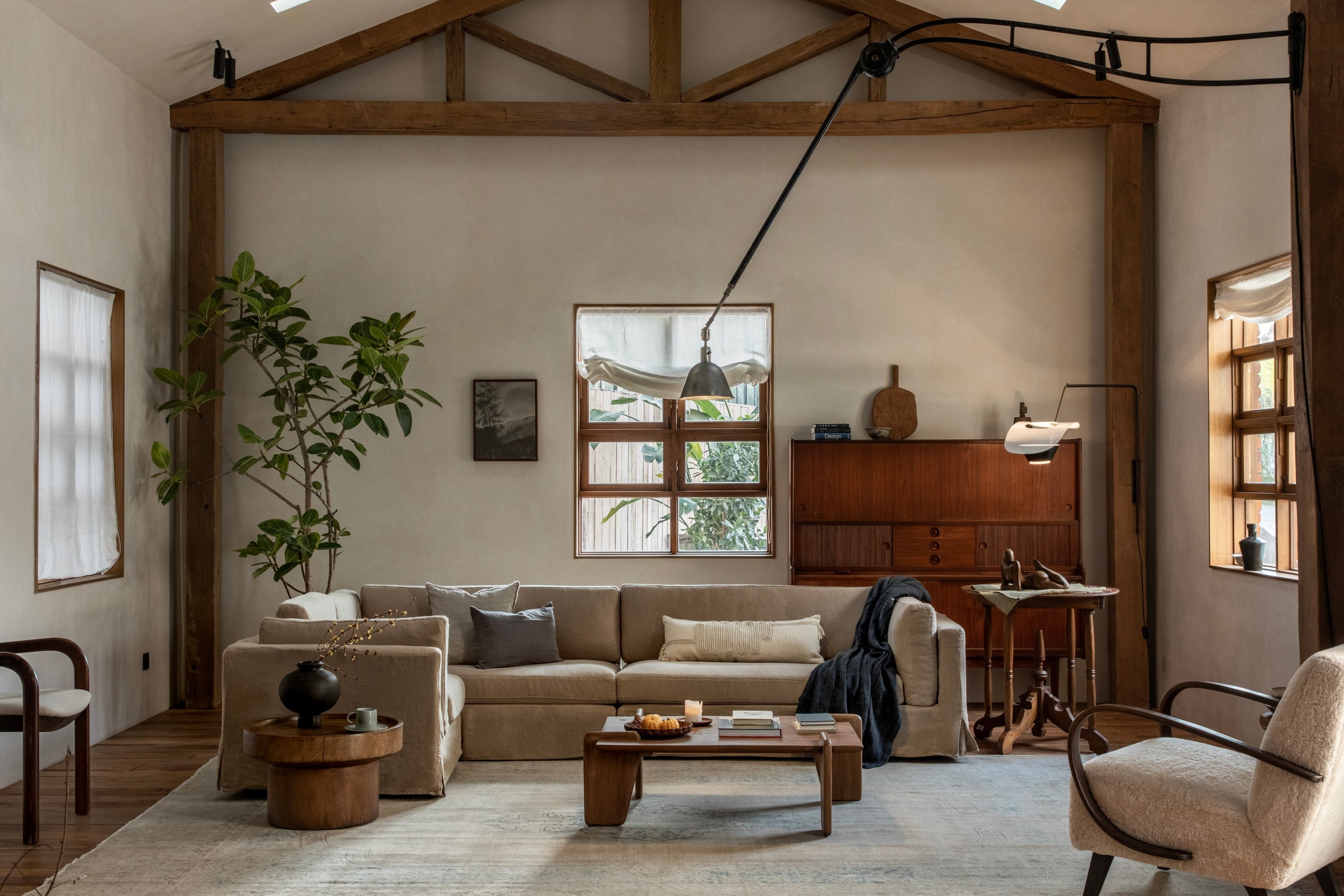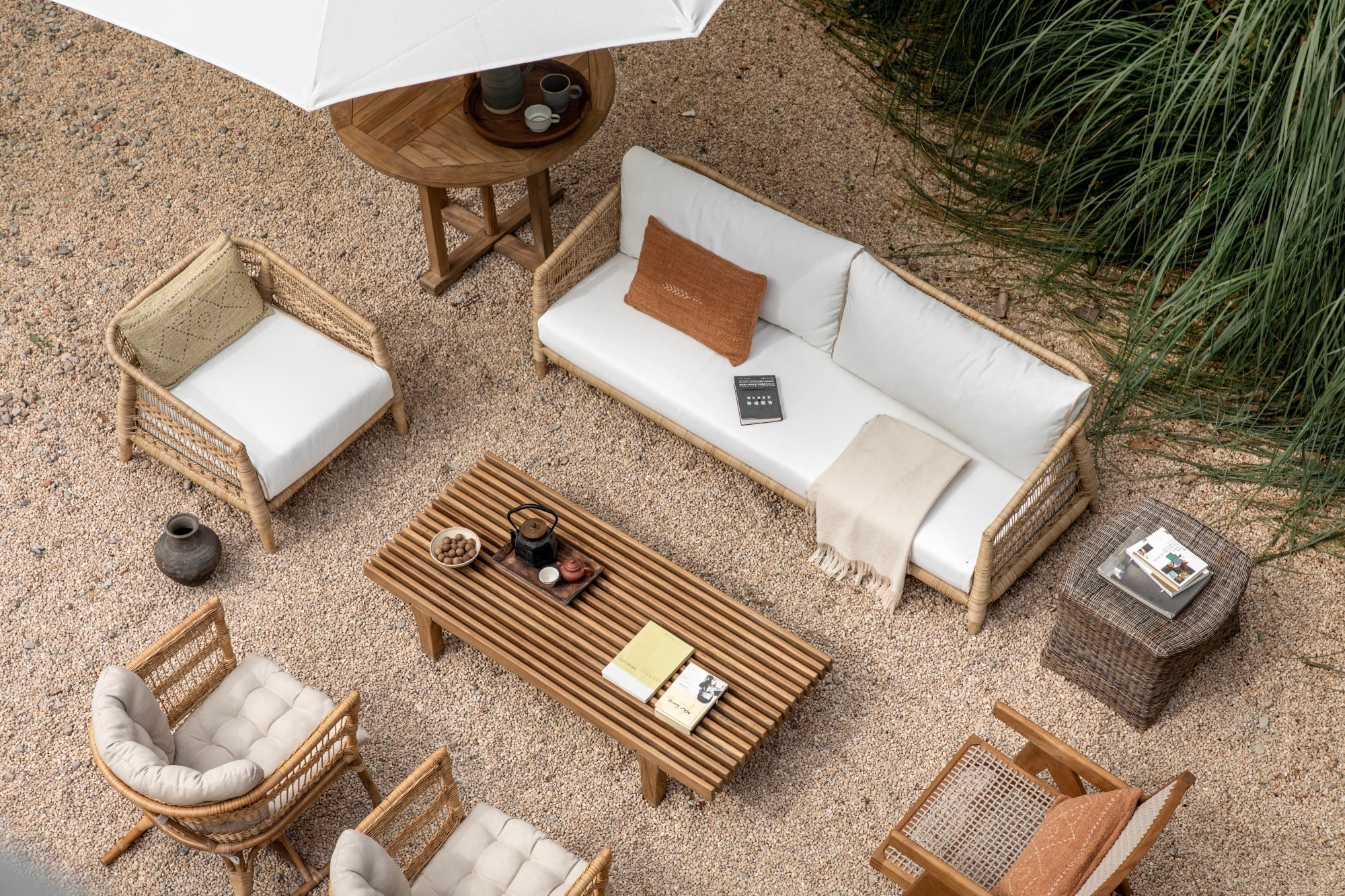
How to Create a Cottagecore Garden With the Right Furniture Touch
The Cottagecore style is a friendly nod to a simpler, more romantic life in the country that values comfort and nature. It makes sense that it's become so popular lately; it's a nice, green break from our busy, digital lives. We'll talk about how to shape your own yard and, most importantly, how to pick out the right furniture to bring that cozy feeling to life.
What Makes the Cottagecore Garden Vibe Special
To get the cottagecore look, you first need to get the "feel." It's about natural materials, soft colors, and a charming, lived-in look.
Soft, Natural Tones Set the Mood
Materials from the earth, like rough wood, stone, linen, and cotton, are used in this style. Cream, terracotta, pale blues, and white are some of the soft, natural colors used.
Imperfection Adds Character
A cottagecore garden isn't stiff or perfect. It values things that are a little rough, used, and unique. Cracked pots, mossy paths, and peeling paint on a chair are all parts of its beauty. Not like a showroom, it feels personal and used.
It Differs from Modern Styles
Modern gardens have clean lines and empty space. Cottagecore is the opposite: full, overflowing, and mixed together. It prefers softer, vintage, and romantic shapes over new, sharp designs.
This style is different from minimal designs. It highlights history, softness, and a personal, slightly wild touch.

Planning a Whimsical Garden Layout
A cottagecore garden feels like it grew by itself, with little surprises around every corner. It invites you to wander rather than just look at it from a distance.
- Winding Paths: Create paths that meander and curve, as if they are following the natural lay of the land. Use materials like loose gravel, old bricks, or uneven flagstones, and let moss or small groundcover plants grow between them. Avoid straight, harsh concrete lines.
- Irregular Beds: Let your flower beds have soft, curved edges. Allow them to spill over onto the paths a little, softening the divide between walkway and garden.
- Vertical Charm: Use wooden arbors, simple trellises, or a rustic picket fence to add height. These structures are perfect for growing climbing roses, ivy, or sweet peas, adding to the romantic, enclosed feeling.
- Functional Nooks: Think about where you'll actually live in the garden. Plan a spot for a bench where the morning sun hits, or a small, hidden patio for a table, nestled among the plants.
The goal is to create a space that feels personal and secretive, with functional spots for rest tucked right into the natural growth. A well-planned layout balances this wild look with smart plant choices for your area.
Choosing Plants for a Scented, Overflowing Garden
The planting style is abundant, colorful, and a little untamed. You're aiming for a beautiful mix of flowers, herbs, and greenery that delights all the senses.
Classic Cottage Flowers
You can't go wrong with timeless favorites. Think of climbing roses, fluffy peonies, tall foxgloves, and cheerful daisies. Lavender is a perfect choice for lining pathways, and hydrangeas offer huge bursts of color.
Useful Herbs and Edibles
A cottagecore garden is beautiful but also productive. Mix herbs right in with your flowers. Rosemary, thyme, sage, and pots of mint (which is best kept in containers!) add wonderful fragrance and are ready for the kitchen. A small patch of strawberries or some lettuce mixed in adds to the charm.
Creating a Natural, Layered Look
Plant in drifts and clusters rather than neat, single-file rows. Mix different heights, with tall plants like hollyhocks at the back, medium-sized plants in the middle, and low-growing flowers at the edge. The idea is to create a full, abundant look where the ground is barely visible.
Don't be afraid to mix everything together, letting plants self-seed and find their own homes. This joyful jumble is the heart of the cottagecore garden's visual and fragrant appeal.

Finding Furniture That Brings Your Garden to Life
This is where the magic happens. The right furniture turns a pretty patch of plants into a livable, outdoor room and sets the emotional tone.
Materials That Whisper "Cottagecore"
- Wood: This is the top choice for its natural warmth and authenticity. Think of a classic teak bench that will silver with age or a set of rustic tables and chairs painted a soft, chipping white.
- Wrought Iron: This material provides a touch of vintage elegance and romance. A delicate iron bistro set or a bench with swirly, nature-inspired designs looks timeless and beautiful.
- Wicker and Rattan: These woven materials bring a cozy, handmade feel to the space. They are perfect for a comfortable armchair or side table, especially on a covered porch or patio.
Styles That Say "Welcome"
This style leans away from sharp, modern lines. Look for pieces with gentle curves, simple carvings, or a distressed, weathered finish that suggests a long, happy life. This is where finding true vintage furniture at a flea market or antique shop can make a huge impact, as each piece has its own story. The best cottagecore furniture often looks like it has been a beloved part of the garden for years.
Perfect Placement for Cozy Nooks
How you place the furniture is as important as the piece itself.
- A small bistro table with two chairs, tucked under a flowering tree, creates a perfect spot for morning coffee.
- A single weathered wooden bench placed inside a flower border, surrounded by roses and lavender, becomes a secret destination.
- A wicker armchair with plenty of cushions on a small stone patio feels like an outdoor living room.
The right pieces feel authentic, comfortable, and deeply connected to the natural materials around them. They should invite you to sit down, put your feet up, and stay awhile.

Using Textiles and Accessories to Add Personality
These are the finishing touches that make the space truly yours. They add layers of comfort, color, and personal history.
- Soft Fabrics: Don't underestimate the power of textiles to add comfort. Toss outdoor cushions with floral prints, simple stripes, or gingham checks onto chairs and benches. Drape a soft cotton blanket or linen throw blanket over a bench for cool evenings.
- Warm Lighting: Create a magical atmosphere in the evenings. String up delicate fairy lights in a tree or over an archway. Place a few rustic lanterns (with LED candles for safety) on a table or along a path.
- Charming Details: Look for accessories that add character. Use vintage-style planters, aged terracotta pots, or even an old watering can as a decorative accent.
- The Upcycled Touch: A core value of this style is giving old things new life. An old wooden ladder can become a beautiful plant stand. A chipped enamel bowl can be repurposed as a bird bath. This adds a true, unbuyable character to your space.
These small additions are what bridge the gap between a "designed" space and a "home." They add the final layer of lived-in, nostalgic comfort.
Maintaining the Charm Through the Seasons
A cottagecore garden is a living thing, and so is the furniture in it. If you take care of it, it'll stay beautiful and welcoming all year long.
| Item | Care Tip | Seasonal Advice |
| Wooden Furniture | Clean and apply a sealer or wood oil (like tung or teak oil) once a year to protect from moisture and sun. | In winter, cover pieces or store them in a shed to prevent cracking and rot. |
| Wrought Iron | Check for rust spots. Sand them lightly and touch up with rust-proof paint to stop it from spreading. | Most iron is fine year-round, but cushions should be brought inside. |
| Wicker/Rattan | Best for covered areas. Wipe with a damp cloth. Must be kept dry to prevent mildew. | Definitely store indoors or in a very dry shed during wet or cold seasons. |
| Textiles | Choose outdoor-grade fabrics. Store cushions in a dry, covered box when not in use to protect from rain and sun-fading. | Bring all fabrics inside in autumn and winter. In spring, air them out and check for mildew before use. |
This gentle maintenance isn't a chore; it's part of the "slow living" aspect of the style. Tending to your space is part of the joy of connecting with it.
Create Your Own Cozy Cottagecore Garden
You don't need a lot of money or a big yard. This style is more about how you feel than how flawless it is. Begin with just one chair, a pot of climbing roses, and a few herbs. Let your corner grow with you by adding plants and things you like. It's your own private escape, made one exquisite piece at a time.
3 FAQs about Cottagecore Charm in Small Spaces
Q1: What if I only have a small area, like a balcony?
A balcony is a great spot to get that cottage-style vibe. Pay attention to the vertical space. For growing plants like clematis or jasmine, use trellises or a lattice screen. Hang railing planters and window boxes that are overflowing with herbs and flowers, like petunias. A small, foldable wrought iron bistro set is the best kind of furniture. To make a cozy, green nook, you can add floor pillows, string lights, and lots of small terracotta pots.
Q2: How much does it cost to create a cottagecore garden?
It doesn't have to be at all. Upcycling and accepting flaws are important parts of the style. At flea markets, thrift stores, or online marketplaces, you can find great vintage furniture that just needs a little cleaning or a new coat of chalk paint. A great way to save money is to grow plants from seeds or get cuttings from friends. The style prioritizes creativity and cleverness over a large budget.
Q3: How can I make my cottagecore garden look neat and tidy?
It's hard to say whether the style is "charming" or "chaotic." It's important to make "structured wildness." Keep the paths clear and well-defined, even if they are winding and made of gravel. You can edge your flower pots with things like natural stone or old bricks. This makes a clean-looking container for the crowded, lush plants. Regularly pruning, weeding, and deadheading plants also makes the area look cared for and healthy instead of just ignored.
